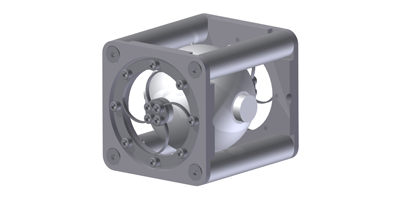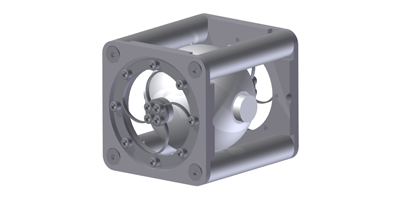Accelerating the Stability of Lasers
Lasers that maintain a fixed emission frequency while being bumped and jostled are essential in applications from measuring the Earth’s gravitational field to searching for gravitational waves from distant objects. Researchers have obtained the best stability in controlled lab settings, typically because the optical elements needed to lock the frequency are sensitive to environmental vibrations. Writing in Physical Review A, David Leibrandt and colleagues at the National Institute of Standards and Technology, Colorado, report their success in using a feed-forward control circuit to achieve an improved immunity to environmental perturbations that might make field applications possible.
The NIST team started with a standard approach: the laser is passed through a reference cavity with a tightly controlled length. The measured difference between the resonance of the cavity and the laser frequency is used to adjust the laser so that the frequency is locked to the cavity length. Leibrandt et al. improved upon this “frequency servo” stabilization by placing accelerometers and gyroscopes on the reference cavity to measure linear and rotational accelerations. These signals were then fed forward to a device that modifies the output of the laser to adjust for the changes in cavity dimensions caused by accelerations. For added stability, they also measured the thermal state of the cavity and adjusted for temperature fluctuations.
With this setup, Leibrandt et al. report a frequency sensitivity to accelerations an order of magnitude lower than previously demonstrated, varying by less than one part in per of acceleration. – David Voss





